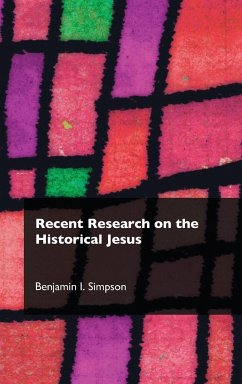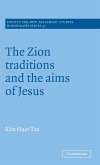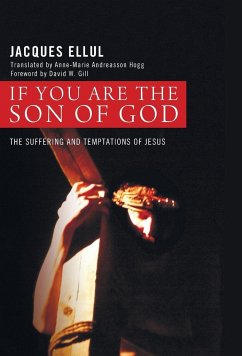Over the past two hundred years, several have ventured to write a history of Jesus, but few have discussed their method of writing about the past in any depth. Unspoken assumptions or bias often dictate what the historian will find. The fact that there are so many conflicting pictures of Jesus compounds the problem. In the last thirty years of Jesus research, which have been identified as the Third Quest for the historical Jesus, historians have agreed that Jesus makes the most sense within a Jewish context, a setting that allows historians to write about Jesus from various historical perspectives. Simpson addresses the issue of method in historical Jesus research by looking at two prominent historians of the Third Quest-John Meier and James Dunn. Both Meier and Dunn typify distinct approaches to the historical Jesus, and both claim to be a part of the Third Quest. Simpson analyses their philosophy of history and historical method. In the second part of the book, Simpson looks at how Meier and Dunn handle certain key events in the life of Jesus. The treatment of these events serves as a way of highlighting the drawbacks and advantages of each method. These distinct approaches point to the tensions that make up the Third Quest and illustrate how the concerns of recent research, evolving over a short period of time, have brought old questions to the surface in new ways. By describing the current situation of historical Jesus research as evidenced by Meier and Dunn, Simpson maps out some promising lines of future research.
Hinweis: Dieser Artikel kann nur an eine deutsche Lieferadresse ausgeliefert werden.
Hinweis: Dieser Artikel kann nur an eine deutsche Lieferadresse ausgeliefert werden.








